ORDERLY
ORDERLY is a Sydney-based startup dedicated to solving the problem of an all-in-one inventory solution to manage every ordering need for the modern hospitality business. Most restaurants and hospitality businesses across the industry still use very antiquated methods for collecting orders, like fax machines and pen and paper to do stock and inventory. The goal was to create an integrated platform targeted to the broad hospitality industry to manage products, providers and make orders and stocks of new supplies easy and seamless. The entire project including the MVP launch was kept to a 3 months minimum in which I had to work around the clock to carry out all the design processes that are included below.
Design process
The initial process was to collect as much information as possible about our end users and start creating the first batch of user personas based on assumptions at the time. Whenever possible we started collecting information in the form of user interviews, trying to understand more about the problem in order to find keywords and things in common among users. Some research was also carried out on competitors and how their products are used across the industry. In the first phase of research we discovered that: - Stocktaking is time-consuming - It is a manual process that can lead to errors - Errors lead to food waste and money waste - Multiple food providers had their own walled platform that had to be individually accessed in order to place orders.
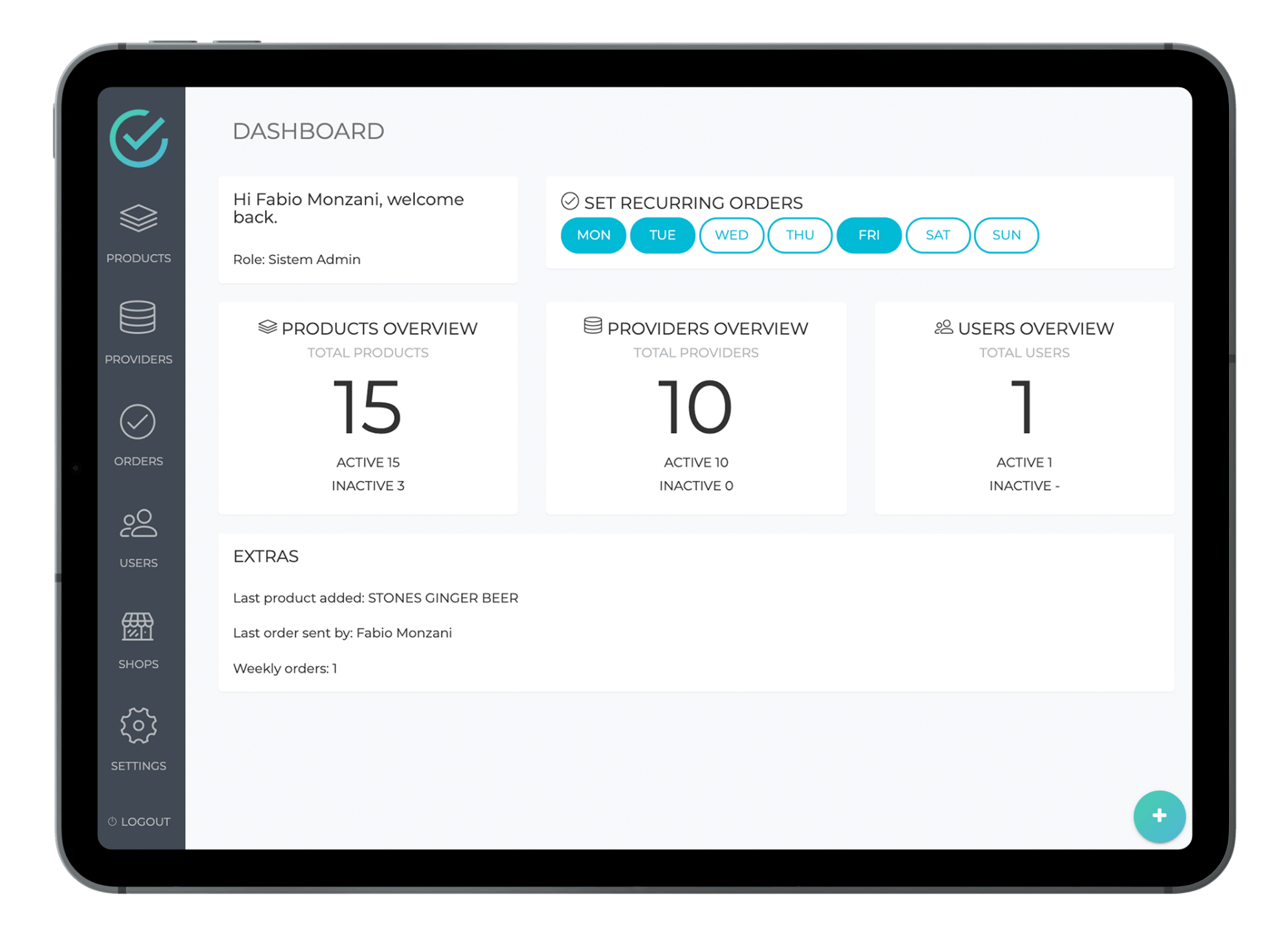
Planning
User research has helped us understand more about the problem and be ready to plan define the project goals and create a plan to achieve them. This also included refining user personas and creating user journeys to help guide the design process. ªAt the same time as setting goals, we have also highlighted the key features the product needed to have in order to appeal to our users, keeping in mind that we had to develop an MVP in less than 3 months. Whenever we had enough features we split them into `MUST HAVES` `COULD HAVE` and `NICE TO HAVE` in order to prioritise the work and keep ourselves laser-focused on the main goal.
Prototyping
Following the review of the initial user flows I started prototyping some early wireframes to get an idea of where each element will fit into the different screens. Another thing to keep in mind is that the MVP we are building should be fully-responsive as from our interviews a mix of device use has surfaced. Most restaurants will already have one or more iPads used for managing reservations, taking orders and more, so it was imperative that the app could work on multiple devices.
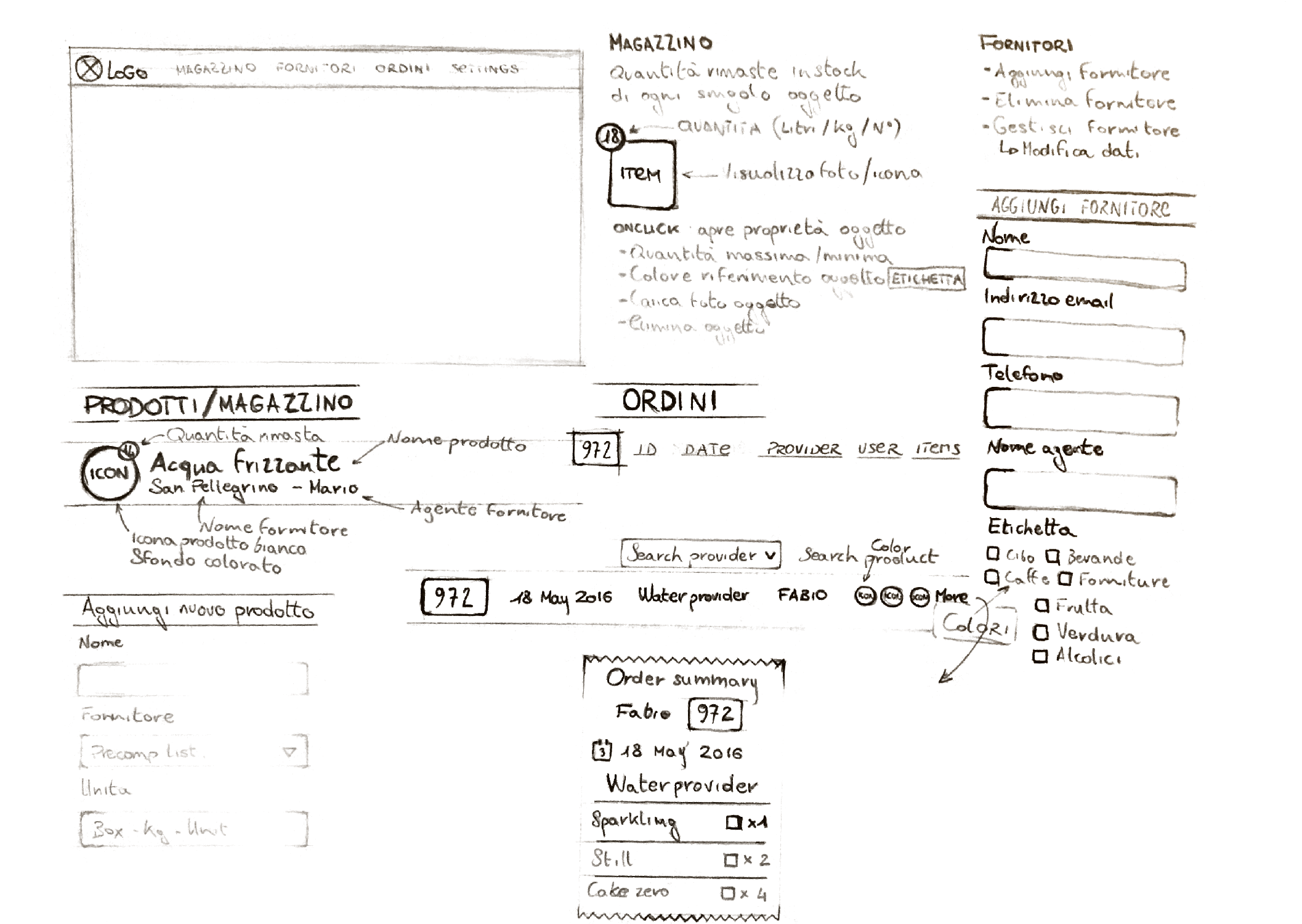
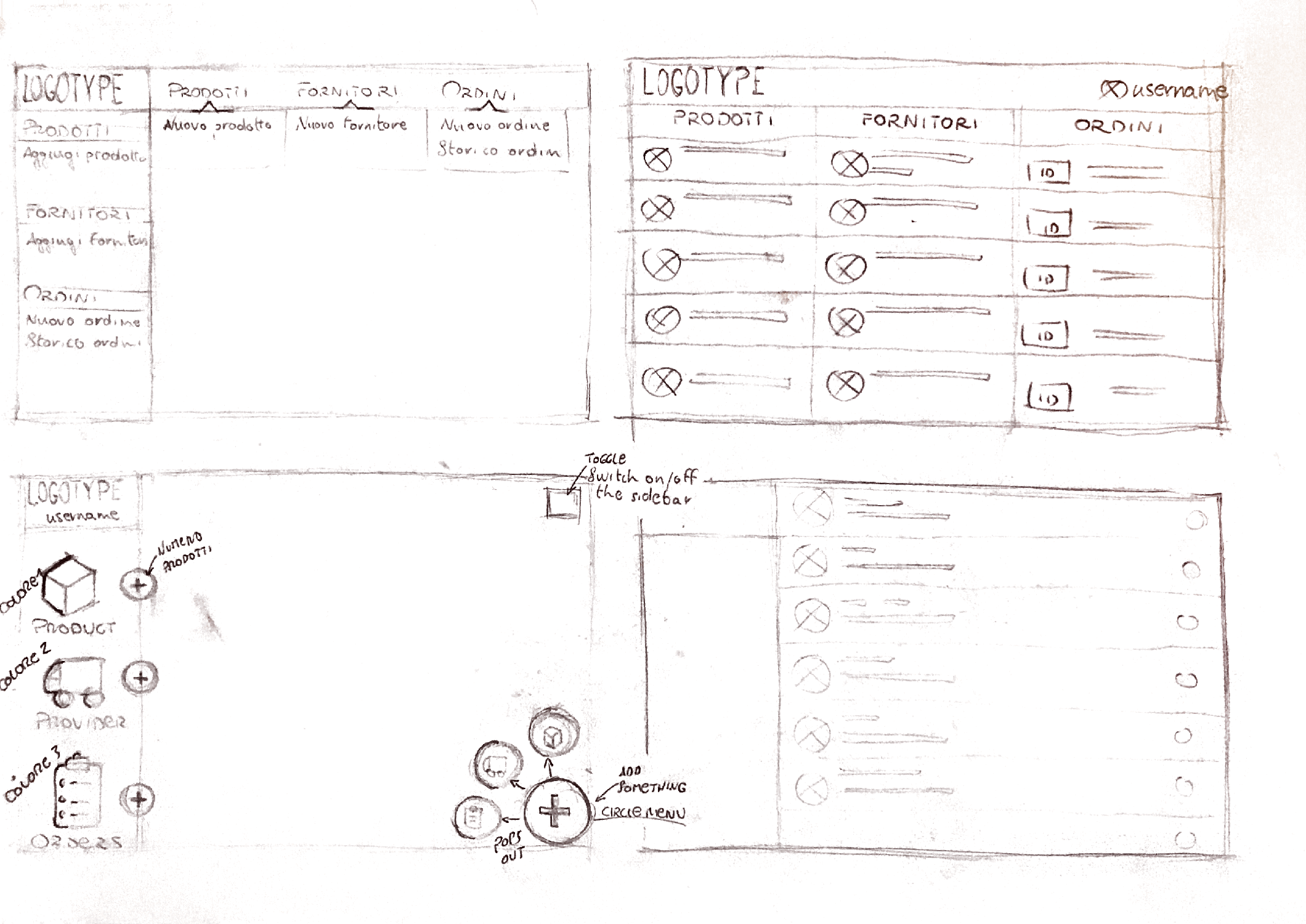
User testing
For this phase, we had a few potential customers and employees that were used for early testing. One of the main things I wanted to test was the clarity of the process involved to carry out the ordering process from start to finish as this is one of our main key value props. At the time, my 2 co-founders were running a Cafe and had a few employees that were used to carrying out the testing of the prototype.
Design
Once the wireframes were battle tested and reiterated it was time for the design phase. This involves creating the final design of the user interface, including the layout, colour scheme, and visual elements.
One of the initial designs
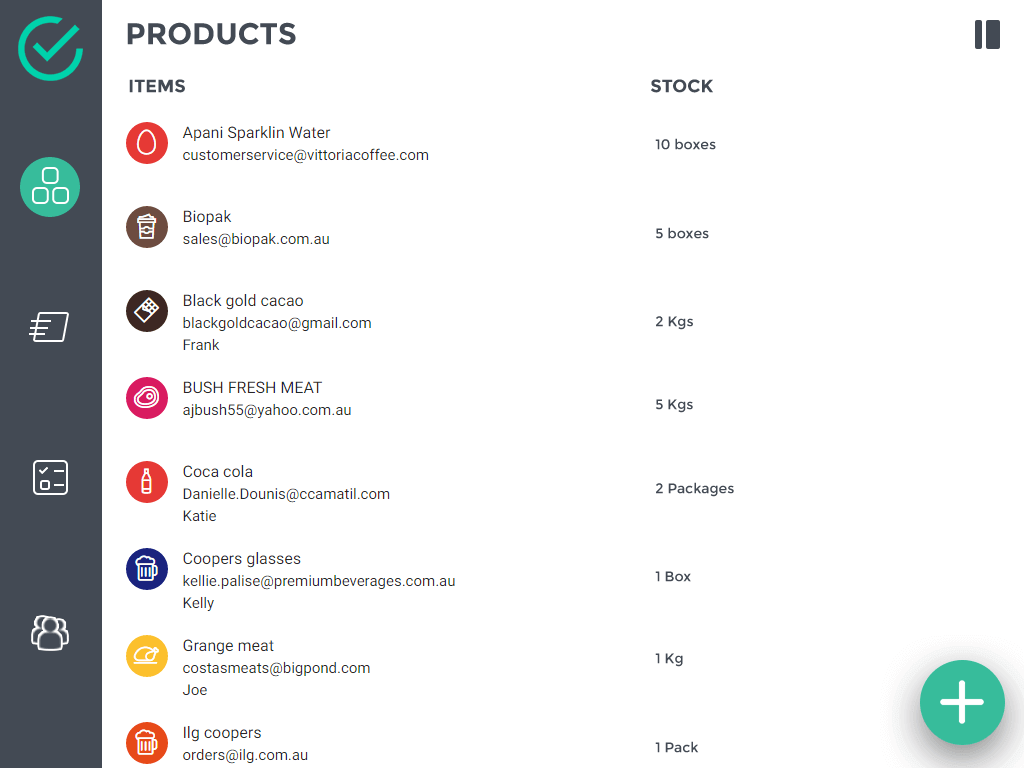
The final production design
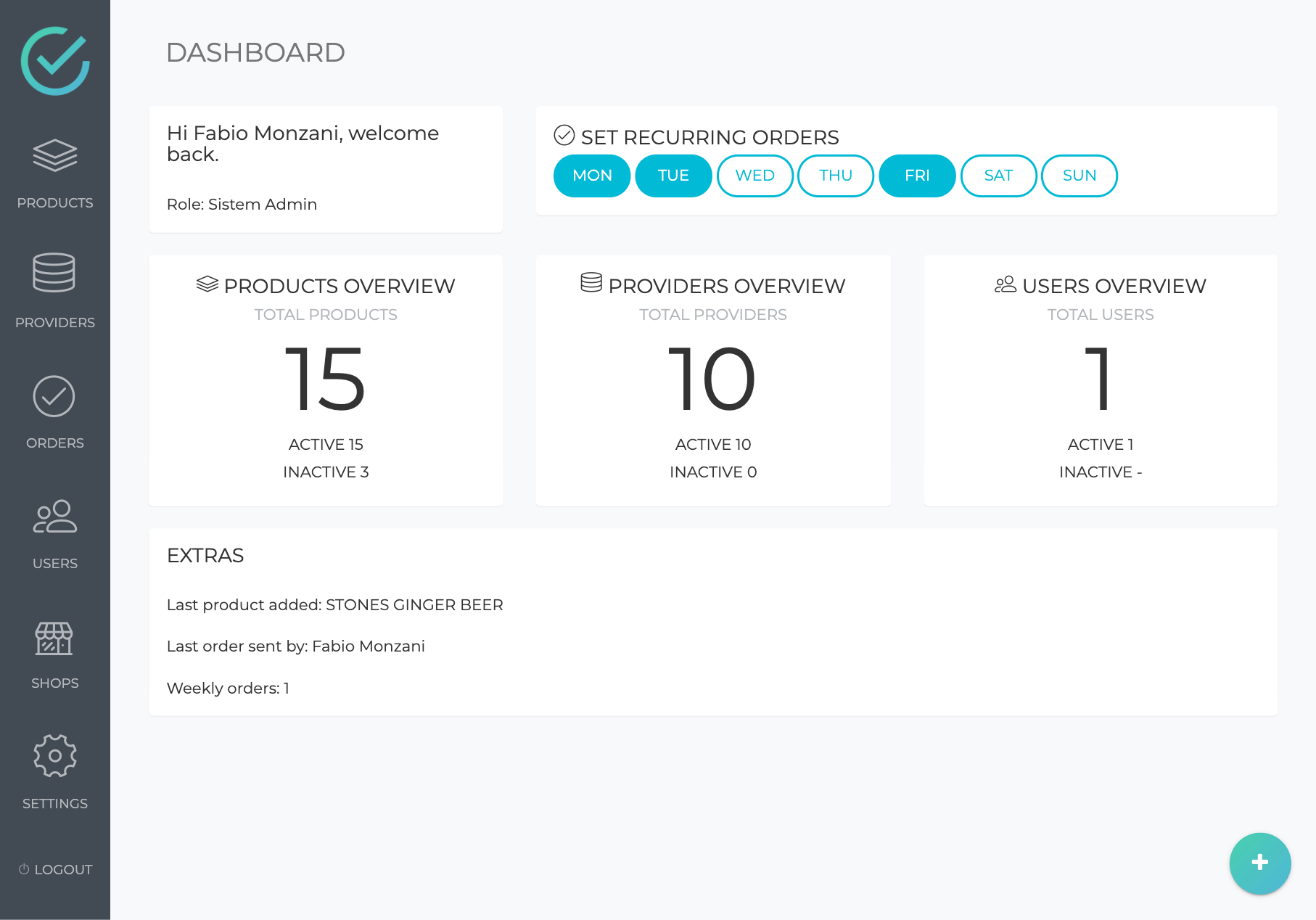
Implementation
The implementation was done together with our in-house full-stack engineer, working closely to bring the design to life in a functional product. I have also contributed to the front-end side of the development given my knowledge of Html, CSS and JS.
Testing and iteration
The product was successfully ready and functional ahead of the 3 months deadline and that gave us time to do some internal QA before the closed beta phase. Future testing was carried out with a limited pool of beta testers in order to improve some key aspects of the UI and iterate to make the product more accessible and easy to use.
The Business
Being a co-founder myself I had to wear multiple hats throughout this entire process which were not limited to the designs. This included developments, testing, talking to potential businesses and pitching in front of investors.
ORDERLY was accepted into the Engenesis Venture accelerator which turned out to be a syphon for startup ideas and together with other promising startups admitted in the program, we ended up wasting months of time and resources just to see our
idea stolen and repackaged.
Despite that, we didn’t lose our spirit and continued our mission to deliver the best possible product.
Another bump on the road was the adoption curve and a lack of willingness from business owners to try our product as well as penetrate the hospitality industry which turned out to be more challenging than initially predicted.
One of the errors made along the way was to focus on the final consumer (the restaurants) rather than the food providers which sit at the top of the chain. By gaining traction among food providers it would have been easier to get to the final consumers.
In the end, we ran out of money, and the existing customers’ revenue was not enough to keep the business afloat.
Despite that, I think that the entire experience was of massive value to everyone involved and taught us some incredible lessons.
I believe that the ORDERLY business model is still possible and it could also scale to other sectors outside of the hospitality industry.

ORDERLY 2016-2018